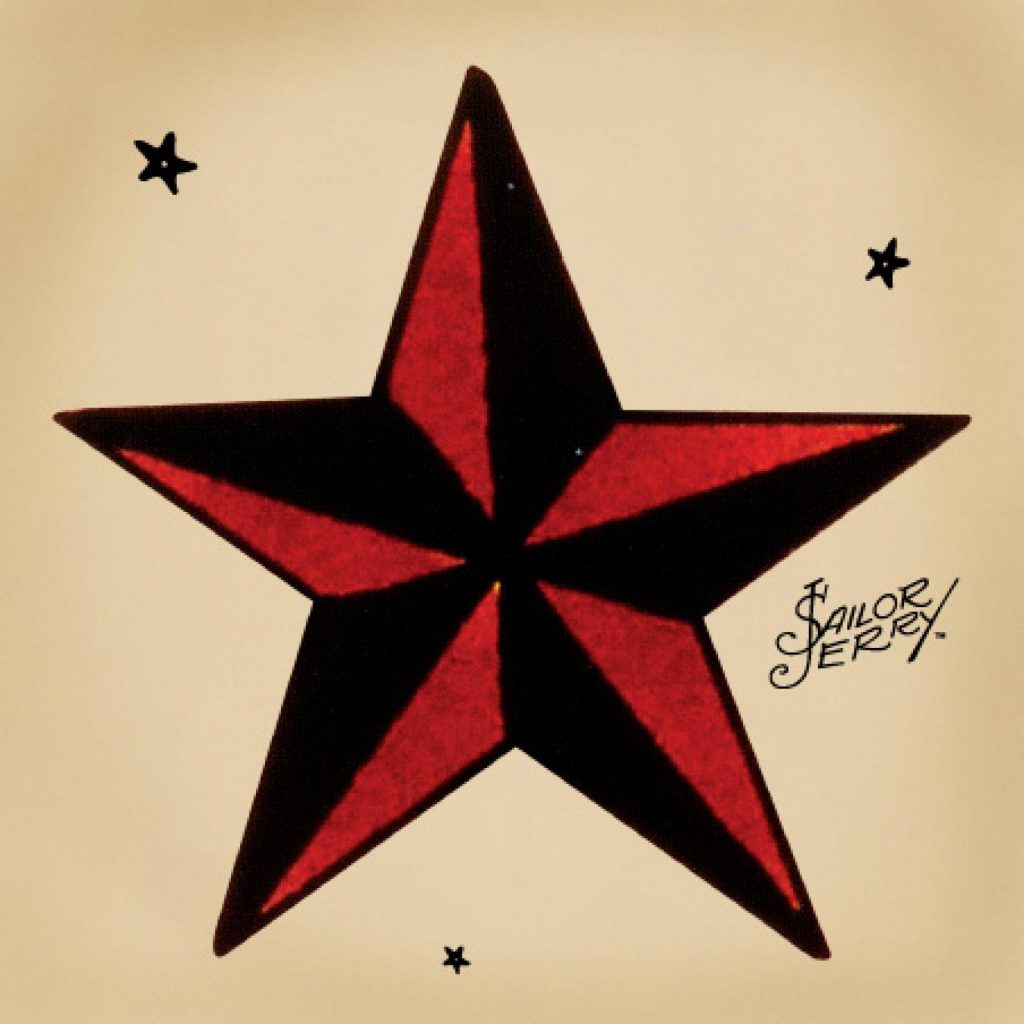American Traditional

Tattoos, nowadays, are very much a mainstream occurrence and generally associated with people working in respectable professions, such as hairdressers, professional football players or bar staff. I’ve even met inked teachers, medical doctors and lecturers. It wasn’t always like that – not too long ago, tattoos got a pretty bad rap. My Mum, for instance, once told me she thought tattoos were mainly for thugs and gang members, prisoners and sailors. Well, I’m basically a sailor now, so what better reason could there be for a new tattoo? (Apart from access to the afterlife, obviously.)
Somewhere along the Northwest Passage, I got my first sailor tattoo. It was done below deck in a crew cabin, at night, when we had all finished work. It’s not uncommon for crew members on cruise ships to have side jobs, working, for example, as tattoo artists or hairdressers after the shift has ended. Often, you’ll see someone getting a fresh haircut from a colleague on a chair in one of the crew cabin hallways. I even got one in the engine room workshop once.
But back to my on-board ink. All of my other tattoos are custom designs, made by my wonderful tattoo artist Janna. This time, I decided to use a tattoo flash (a flash is a ready-made tattoo design on paper. Often tattoo artists will have a book of their flashes that customers can leaf through and pick one, or will have their flashes up on a wall). I picked a very basic design by one of the most famous tattoo artists ever: Sailor Jerry.
One of the reason’s his name has become a bit of a household name is because two of his former tattoo apprentices – Ed Hardy and Mike Malone – used it for their lifestyle brand after he had passed away. The Sailor Jerry brand sells all sorts of stuff, including rum and trinkets, so some people may not even associate the name with Tattoos. Ed Hardy, by the way, is also known beyond the tattoo scene: He founded a fashion label that sold T-shirts, caps and jackets in the 1990s. The brand became quite popular in the early 2000s, but went downhill pretty quickly towards the end of the decade.
So, about Sailor Jerry. He was, indeed, a sailor – he had joined the US Navy at 19 – and continued to go to sea all his life, even after he had settled in Hawaii in the 1930s where he ran a tattoo parlour. He became a famous and influential figure in tattoo art: He develeped an iconic, timeless style (known today as „American Traditional“ style), new pigments that allowed expanding the tattoo colour palette, custom needles that reduced trauma to the skin, and he was one of the first artists to use an autoclave to sterilise his equipment. The flash I picked was his version of a nautical star, which now adorns my wrist.
I love all of my tattoos, but most of them simply mean that I thought they’d look pretty. While this is one of my smaller pieces, it has a very special place in my heart: Not only is it full of happy memories. It also has a traditional meaning: The nautical star guides the way back home. And at the end of the day, that’s where I belong.

Eine Antwort
Thank you as usual! I’d never heard of anything you’ve written about this time, all new like your latest tattoo. I’m still not fond of tattoos, but I am fond of you, tattooed or not!